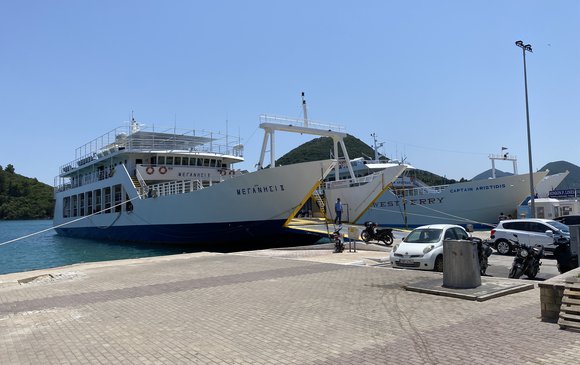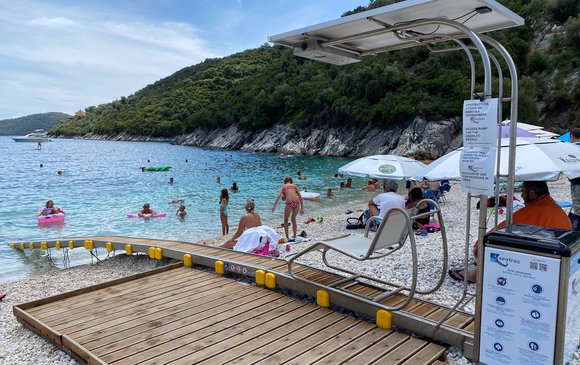Preveza
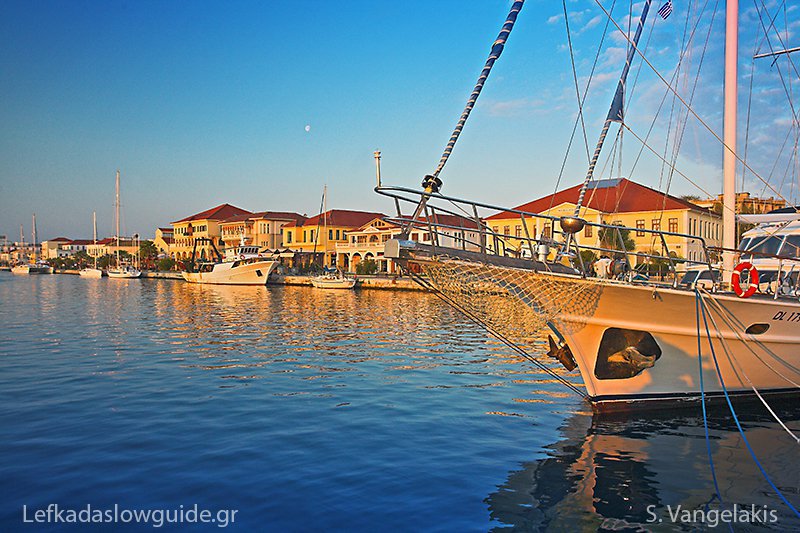
The island character of this town make you forget that Preveza is in fact on the mainland of Epirus. Its lacy shores and blue sea blend seamlessly into the lush, green landscape. Preveza, according to one etymological theory, got its name from the Slavic word “perevoz” which means “crossing”; it is true that this port of Epirus served, in the past, as a bridge in the communications between Greece and Italy and, also, between the regions of Epirus and Sterea Ellada (Mainland Greece).
Preveza is an original, unspoiled town, noble and multi-faceted; the first thing visitors perceive when they arrive is its happy, urban character. However, its long history of glorious times interchanged with those of senseless bloodshed in the hands of conquerors becomes evident as you walk around it.
The best way to begin your acquaintance with Preveza is by taking a casual walk around the port passing by the majestic 19th century neoclassical buildings right on the seafront. On the right-hand side you will find coffee shops and traditional tavernas well worth a stop especially if you are looking for a cool spot on a hot summer’s evening. Let your steps lead you along the town’s narrow, paved streets, where the smell of jasmine prevails.
Parga
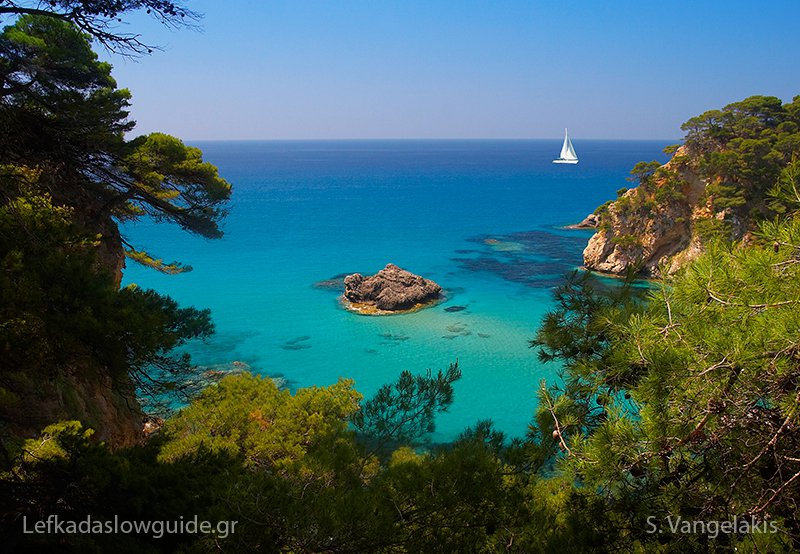
This picture-perfect town is characterized by its architectural style and is built amphitheatrically, overlooking the bay. The Venetian influence is very visible in this town which is an example of the island-aspect of mainland Greece; Parga could easily be considered the eight Ionian island. It is said that Parga was founded by inhabitants of Constantinople who moved here after the Fall of the Byzantine Empire’s capital in 1453. Later, Parga became strategically important to Venice due to its location. During the Greek War of Independence of 1821, its inhabitants actively fought against the Turks.
A stroll on the waterfront to admire the picturesque multi-coloured two-storey buildings with wooden balconies, and down the small alleys with the beautiful courtyards, with lead you to the boat that will take you to the lushly green islet of Panagia. You should also visit the medieval Castle that stands guard over Parga, an integral part of its history; also worth visiting are Parga’s multitude of churches as well as the rare heirlooms that are kept in the town’s Ecclesiastical Museum.
Vonitsa

This seaside town that moves at a slower pace, reminiscent of another era, is considered the jewel of the Ambracian Gulf; built in the shadow of the emblematic Venetian castle that sits atop a pine-covered hill, Vonitsa is a town of narrow, cobble-stoned streets and low buildings, of children playing in the streets, fishermen sitting in their boats fishing shrimp and silver fish in the port. With its natural beauty, friendly ambience and mild touristic development, Vonitsa, at only 22km away, is an attractive proposition for a one-day excursion from Lefkada. Huge cypresses, fragrant eucalyptus and wild oak trees welcome visitors; in spring, the ground is covered with virgin-white lilies, bright red poppies and every kind of vividly coloured wild flower.
A walk around the centre of the old town whose characteristics are those of an island village, will convince you that Vonitsa is a destination with endless hidden attractions. The presence of water is predominant; besides, the prevailing theory about the etymology of the name of the town is that it hails from the Slavic word “voda” which means water (a place that has a lot of water).
Begin your tour from its picturesque neighborhoods, wander around its narrow streets and visit the churches of Agios Spyridon and Agios Nikolaos.
Acherontas-Glyki
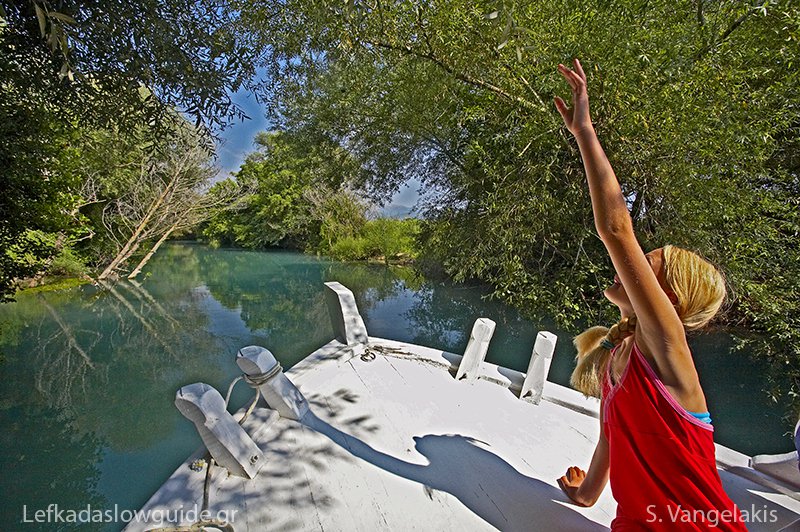
The Acheron flows through lush vegetation, reeds, huge plane trees, sea-pines, ferns, thick forests growing on its banks, small lakes and ponds forming along its course. And if this river could talk it would certainly have many, primordial, stories to tell…
Time stops short at Acheron, the river of sadness, the antechamber of the Underworld. In Greek mythology the river was closely linked to death as this is where Hermes used to carry the souls of the deceased across, to deliver them to Charon, the ferryman of Hades. In reality though Acheron is a source of life and regeneration as nature has bestowed upon it an abundance of rare vegetation.
As legend has it, there was an evil specter that lived in one of the springs near in Glyki; it used to poison the river-water making it deadly for the humans and animals of the area until Saint Donatos killed it exorcising the evil. The water immediately became sweet which is where the village Glyki (glykos in Greek means sweet) derives its name from.
Aitoloakarnania
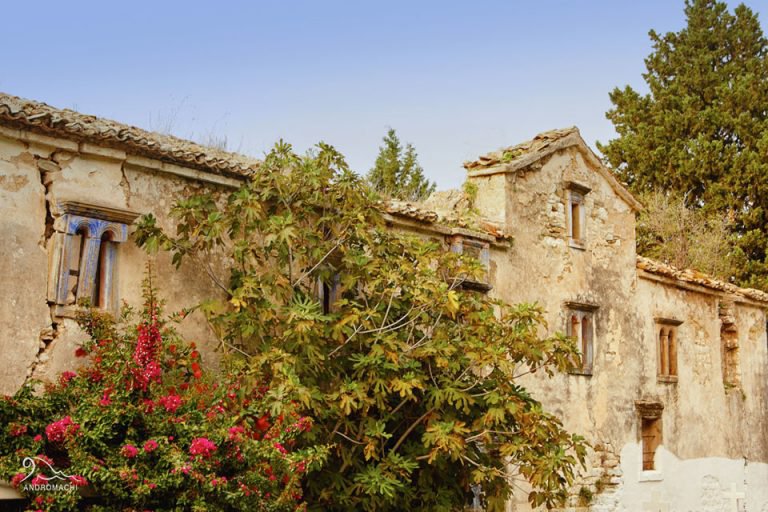
A magnificent route in Aetolia-Acarnania, just a few kilometers away from Lefkada, extends from Griva’s Castle in Peratia, goes to St. Georgios in Plagia and ends in the deserted village of Old Plagia. Leaving Lefkada, you find Griva’s Castle -also know as Tekes- just a few kilometers after the Castle of St. Mavra.
Taking a right turn in the intersection towards Peratia, you can leave your car in the entrance just some meters ahead and then climb to the Castle which is open for the public but has not been put in use by the state. The buildings inside the castle are well preserved, but the dense vegetation makes it to difficult to access them. The view, however, is truly amazing all around the year and provides the perfect opportunity to gaze at the sunset towards Lefkada, the travelling flamingos and egret birds in the nearby wetlands, the kite surfers and even the snowy Tzoumerka mountains.
Monastiraki

In the shadows of the Acarnanian Mountains lies the village of Monastiraki, just half an hour away from Lefkada. In a landscape of incomparable natural beauty with running waters and centenarian plane trees you come across elderly folk who walk around with their crooks and drink coffee in the traditional coffee houses. You are right at the heart of Ksiromero and everything here is reminiscent of a different era.
The Kefalovrysos river traverses the village and you can marvel at it from the small bridge in the central square of the village, walking on the cobbled alleys or visiting the nerotrives where professionals wash clothes in the river with a traditional and natural method that uses the momentum of the water and no detergent.
Palairos
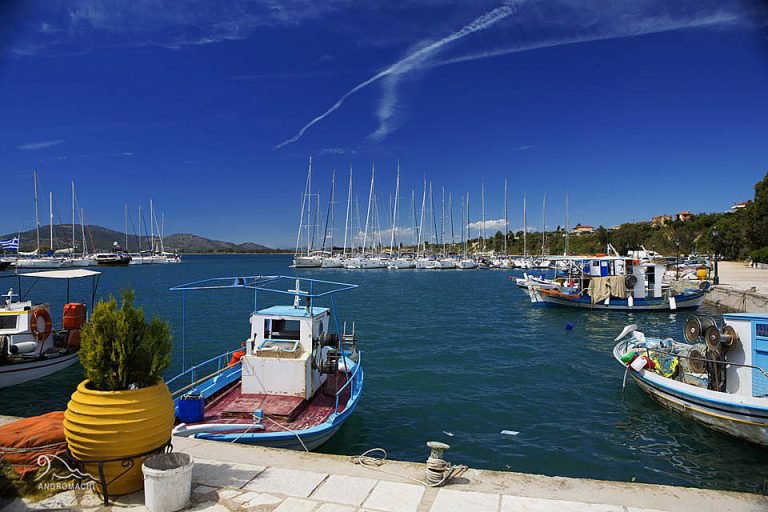
Palairos, also known as Zaverda, is located just 30 minutes away from the town of Lefkada. It is a well organized tourist oriented town, with a unique natural landscape and a multifaceted character. It is ideal for those longing for care free, alternative family vacations but will also appease those searching for some intense experiences since its nightlife has a lot to offer.
In the picturesque harbor and the modern marina of Palairos numerous sailing boats are anchored. Walking in its cobbled and busy alleys you will see some very beautiful houses such as the imposing manor of Ragos. The rumor has it that in 1963 Aristotelis Onasis wanted to buy a small island next to this seaside town.


